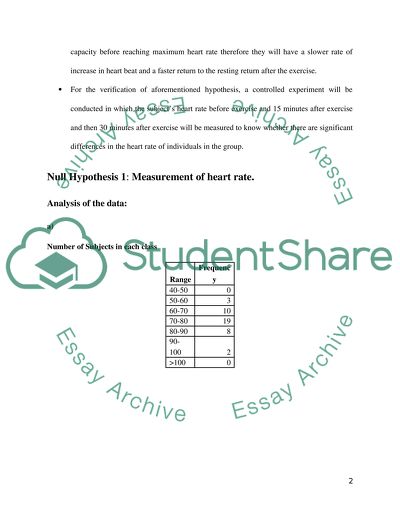Cite this document
(“Population Distributions - statistics lab report Essay”, n.d.)
Retrieved from https://studentshare.org/environmental-studies/1407946-population-distributions-statistics-lab-report
Retrieved from https://studentshare.org/environmental-studies/1407946-population-distributions-statistics-lab-report
(Population Distributions - Statistics Lab Report Essay)
https://studentshare.org/environmental-studies/1407946-population-distributions-statistics-lab-report.
https://studentshare.org/environmental-studies/1407946-population-distributions-statistics-lab-report.
“Population Distributions - Statistics Lab Report Essay”, n.d. https://studentshare.org/environmental-studies/1407946-population-distributions-statistics-lab-report.


